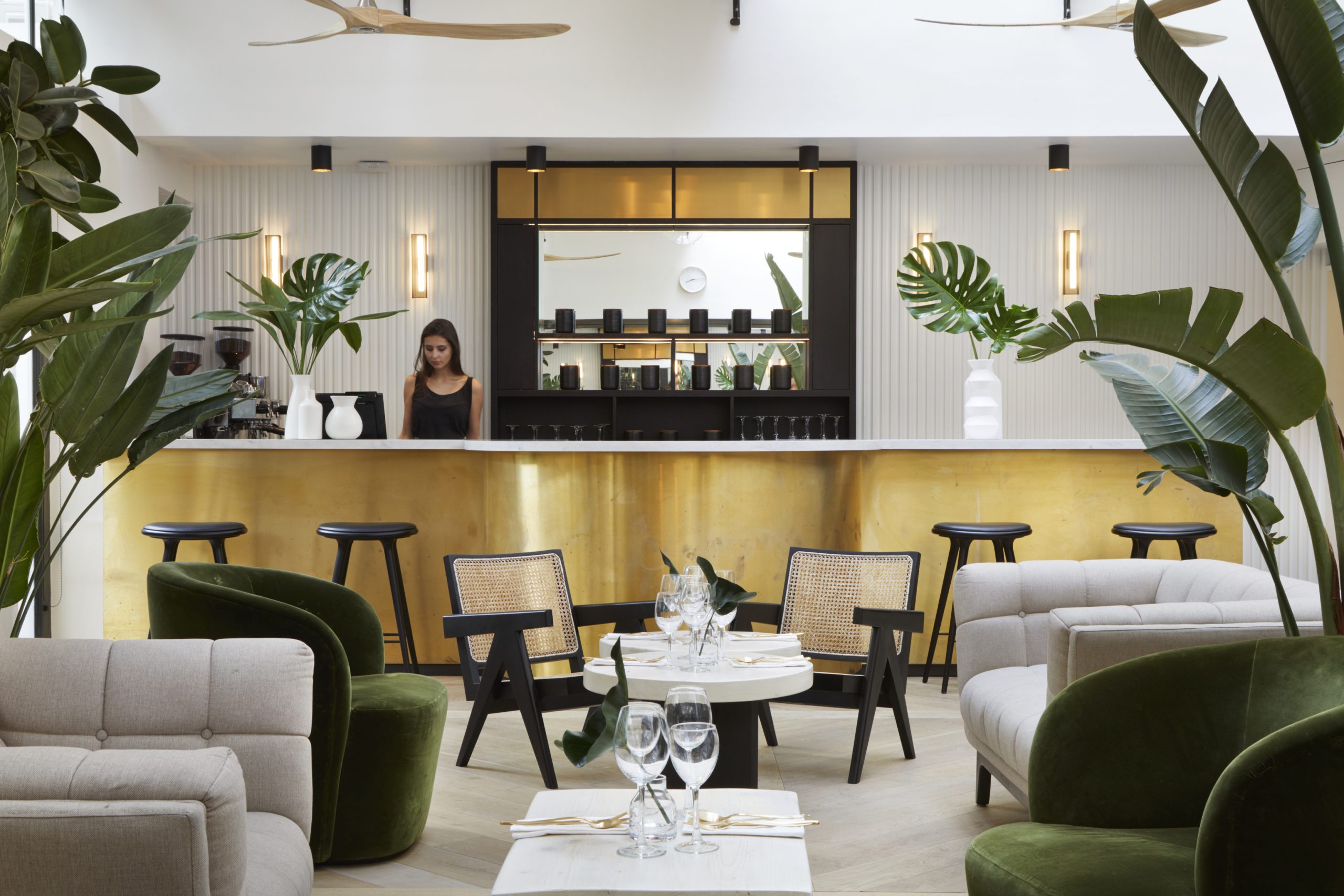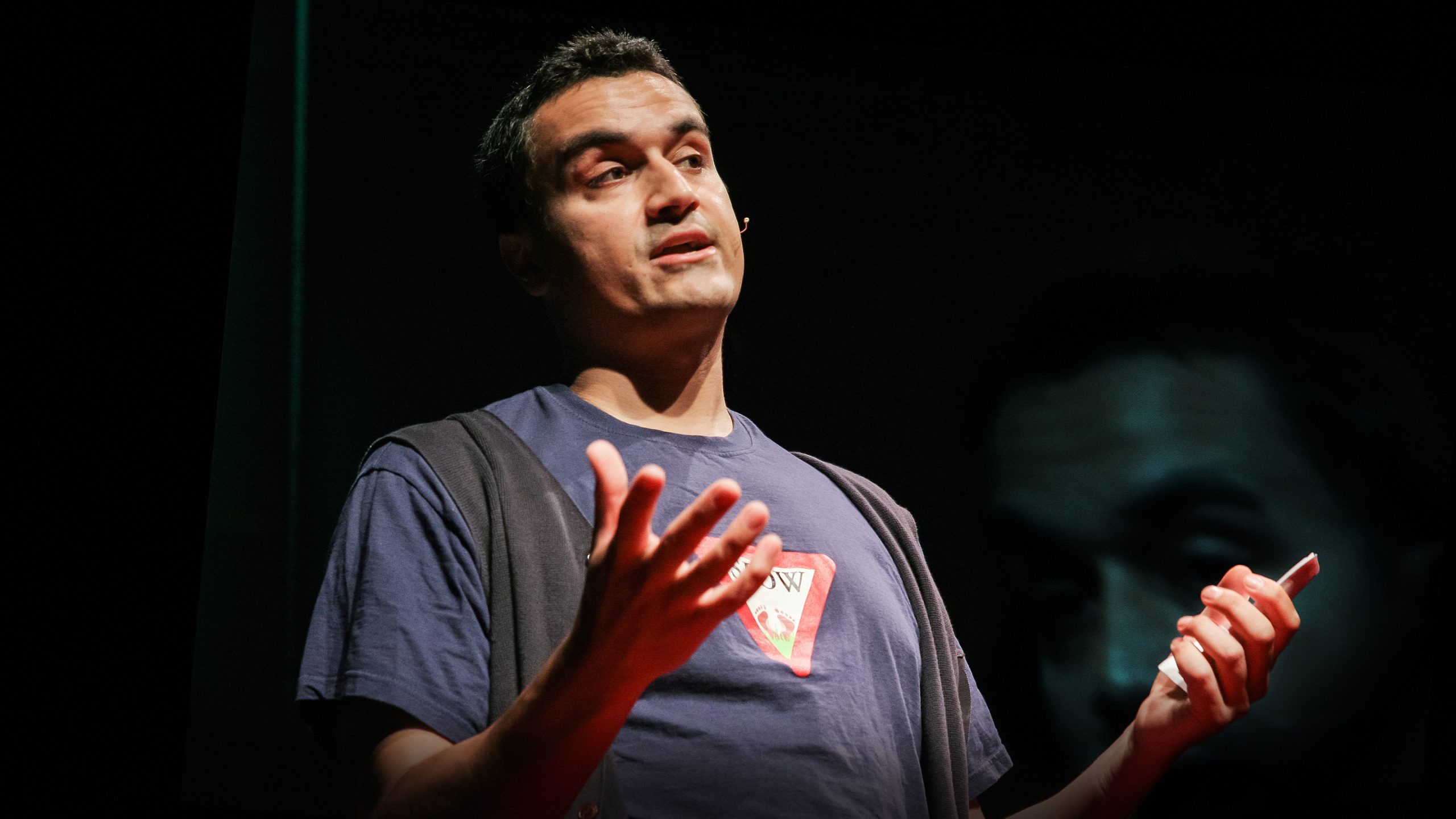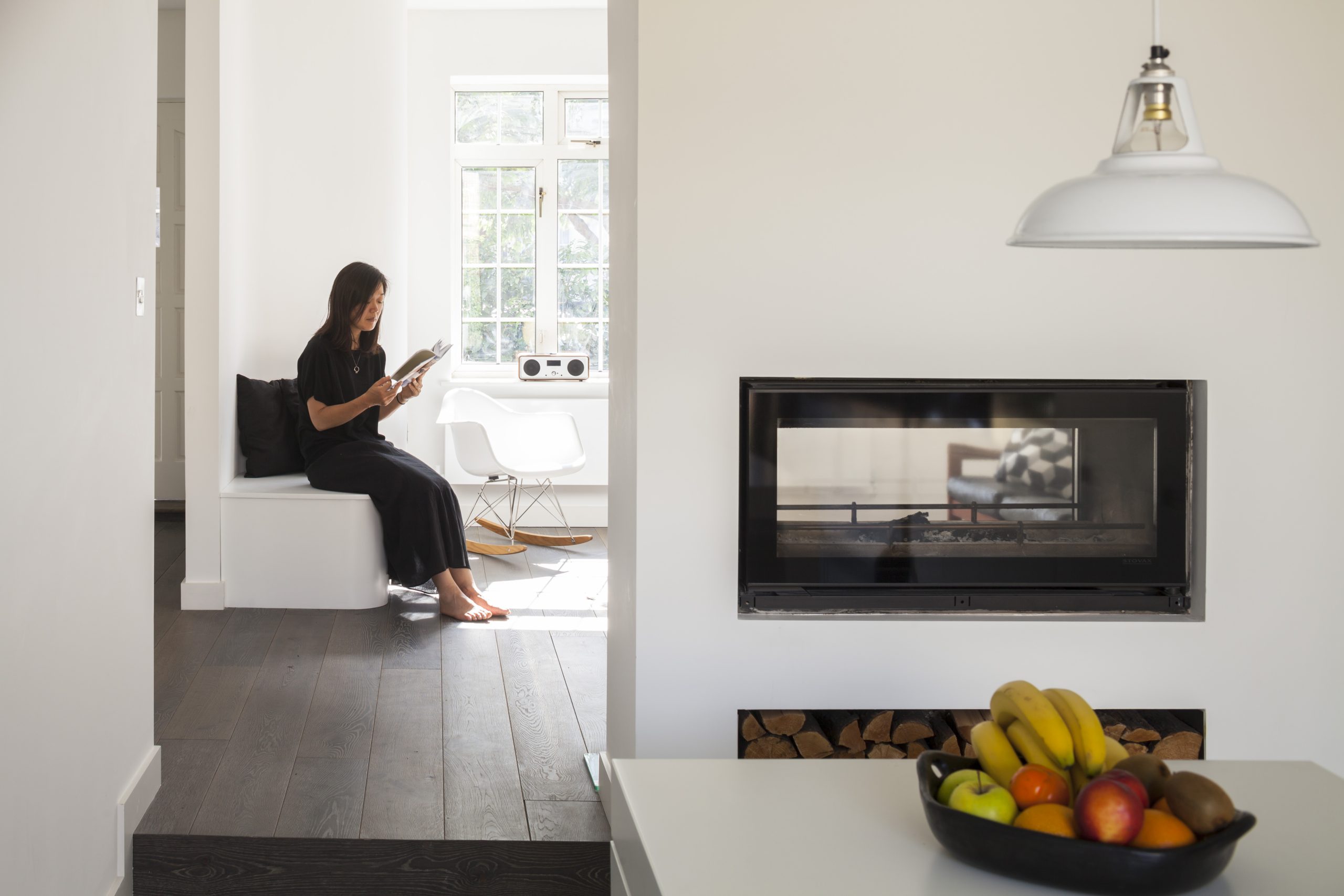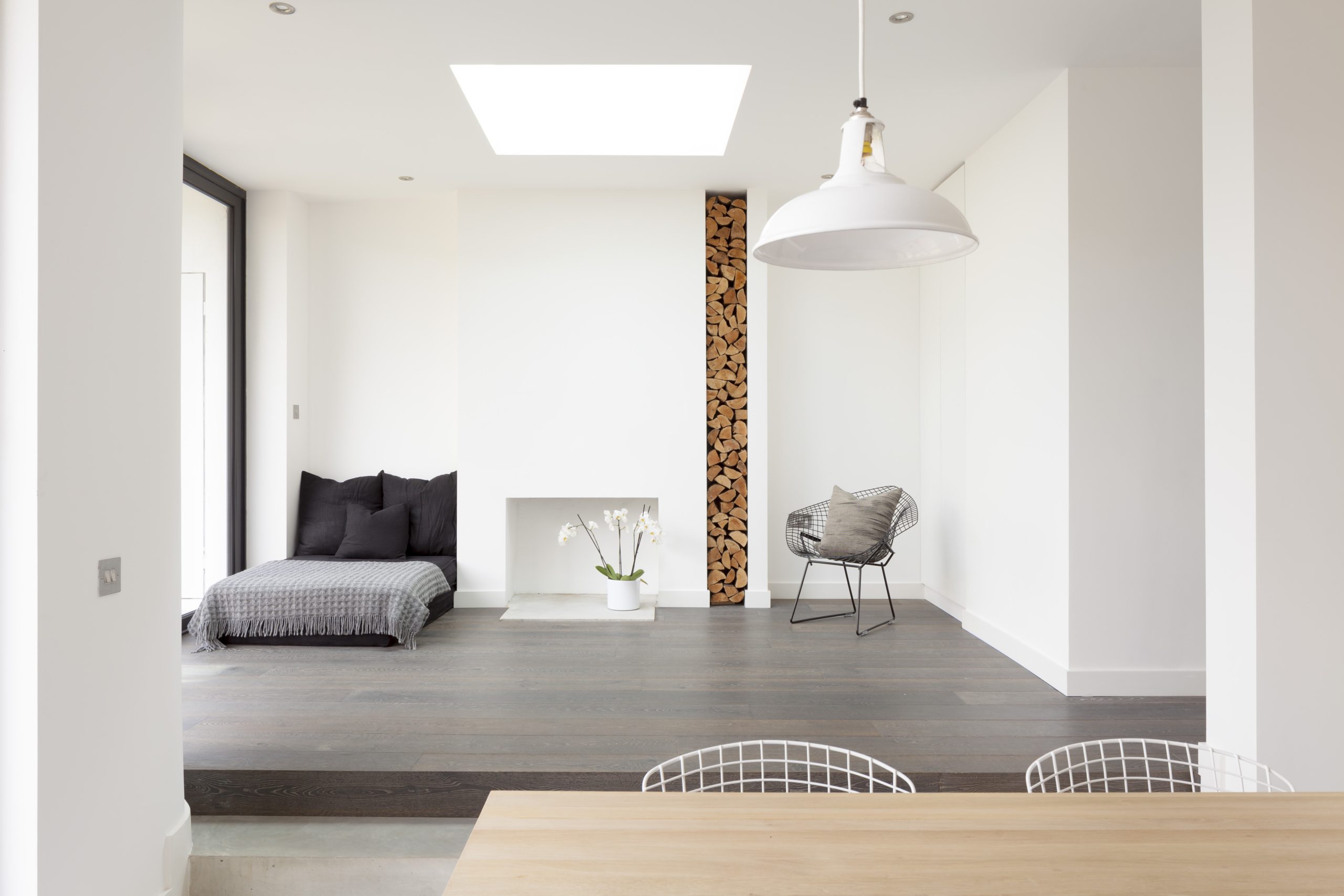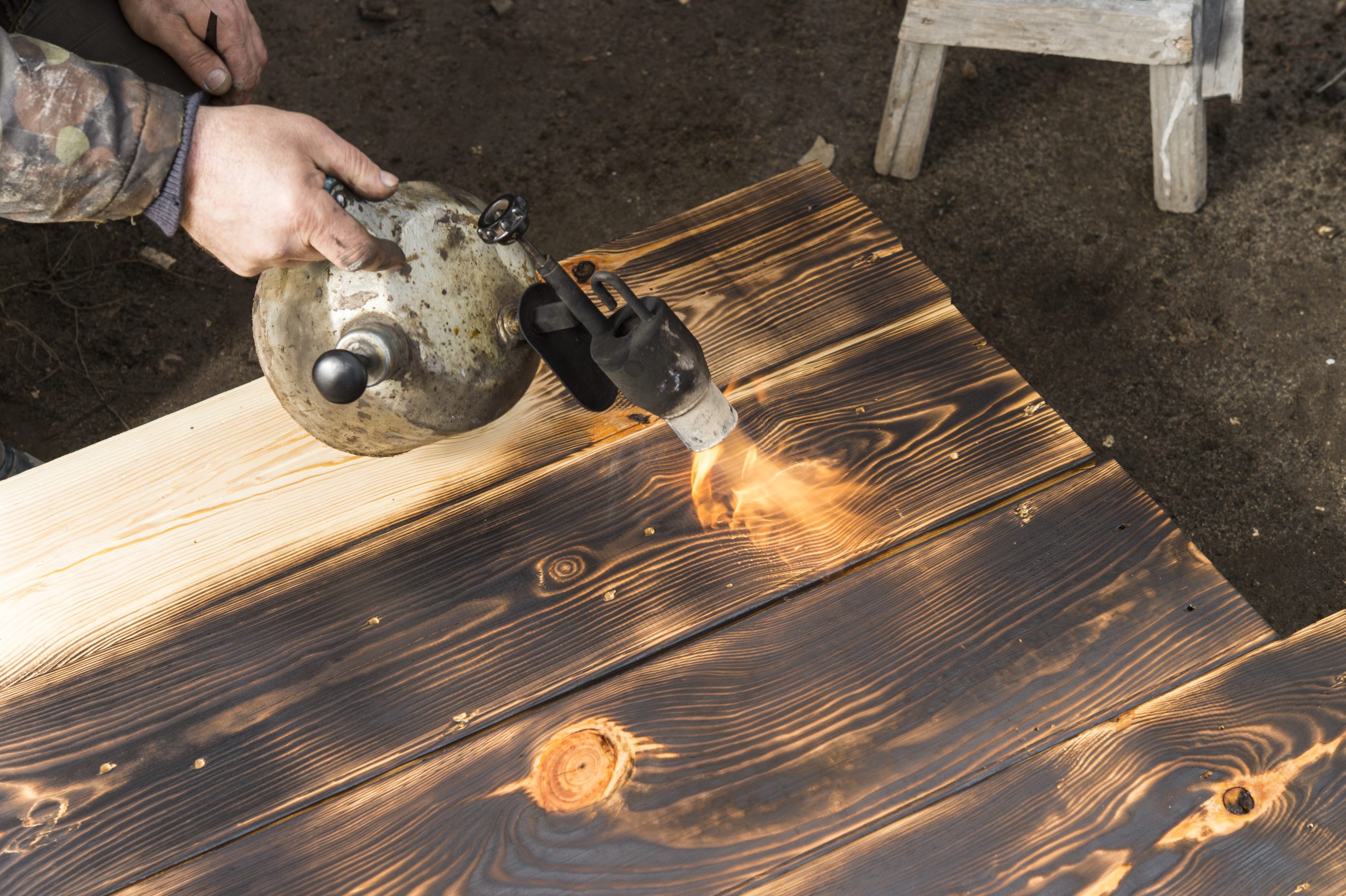
We live in a fast moving world.
The hectic lifestyle and events of modern society are overwhelming.
The concept of slow living is a lifestyle emphasising a slower approach to all aspects of life.
It suggests living slow and mindful and taking time to embrace the simple things in life that bring joy, meaning and fulfilment.
“A fast approach tends to be a superficial one, but when you slow down you begin to engage more deeply with whatever it is you’re doing. You’re also forced to confront what’s happening inside you — which is one of the reasons why I think we find it so hard to slow down. Speed becomes a form of denial. It’s a way of running away from those more deeper, tangled problems. Instead of focusing on questions like who am I, and what is my role here, it all becomes a superficial to-do list” — Carl Honoré, Canadian journalist and author of ‘In Praise of Slowness’
The roots of slow living
An offshoot of the slow living — the Slow Food, originally developed in response to the growth of the fast-food industry.
Started by Carlo Petrini in the 1980’s in Italy, who was shocked by the opening of a McDonalds in the Piazza di Spagna in Rome; the concept of slow food favours a ‘traditional’ food production process and mindful eating; focusing on taste, comfort, and quality of the food that uses locally sourced ingredients.
This way of thinking about preparing and enjoying food gained serious traction and eventually created the slow movement, which expanded to cover every aspect of our lifestyle — and slow living was born.
The key qualities of slow living include: well-being, simplicity and consciousness — and can be summed up in four simple statements:
S = Sustainable — not having an impact
L = Local — not someone else’s patch
O = Organic — not mass-produced
W = Whole — not processed
Designers too, pay attention to this yearning for greater simplicity. Slow Living can express itself in our living spaces and can help us create more balanced and sustainable lives through design.
Slow Design
Slow design is a modern term coined in 2002 by Alastair Fuad-Luke, a professor at the Finnish Aalto-University; and it goes far beyond the act of designing or the time needed to draft and create something.
Instead, it’s an approach that encourages stripping design back to its essence by re-focusing on craftsmanship, quality, open source and creating tailored and timeless solutions.
It provides a structure for creative thinking, a more considered and reflective design process, with the goal of prioritising the wellbeing of individuals, societies, and respecting the environment.
Slow design also celebrates local, close-mesh networks of people, it preserves and draws upon our cultural diversity, and it relies on the open sharing of ideas and information to arrive at innovative solutions to contemporary challenges.
“To promote slowness or what we call ‘slow design’ as a positive catalyst of individual, socio-cultural and environmental well-being…. Slowness doesn’t refer to how long it takes to make or do something. Rather, it describes an expanded state of awareness, accountability for daily actions, and the potential for a richer spectrum of experience for individuals and communities.” — SlowLab
Its qualities are reflected in the manifesto put forward by Alastair Fuad-Luke:
-Longer design processes with more time for research, contemplation, real-life impact tests, and fine-tuning.
-Design for manufacturing with local or regional materials and technologies or design that supports local industries, workshops, and craftspeople.
-Design that takes into account local or regional culture both as a source of inspiration and as an important consideration for the design outcome.
-Design that studies the concept of natural time cycles and incorporates them into design and manufacturing processes.
-Design that looks at longer cycles of human behaviour and sustainability.
-Design that takes into account deeper well-being and the findings of positive psychology
The question remains: how does slow design translate to our living spaces?
At the heart of each living space is an aesthetic shaped by the dweller’s idea of what is essential — comfort that comes from being in touch with the environment in ways that enhance the quality of individual experience and wellness.
A space that is put together carefully, slowly and with intention; for one to live, eat, laugh, play, entertain, work and rest.
More and more people are starting to entertain the idea of picking quality craftsmanship over mass-made produce, and caring about the meaning behind the objects they surround themselves with daily.
Sustainable friendly furniture and hand-made products
Slow design celebrates artisan-crafted furniture and hand-made products which reveal craftsmanship at its finest and ensures a lighter footprint on the planet.
If you’re looking to heal the world with a stylish but intentional way of crafting your interior, support local brands that tell an honest story of their production process openly.
Just like Slow Food, it’s about using local ingredients, harvested and put together in a “Good, Clean and Fair way.”
Natural material
Slow design emphasizes not just clean design, but incorporating elements of nature into the built environment.
Stone, wood, wicker, and jute are just a few materials that evoke an organic appeal and make interior spaces feel calm, peaceful and above all, welcoming.
The use of natural materials that are close at hand and can be sourced sustainably is essential; for instance, sustainably harvested wood, certified by the Forest Stewardship Council.
Opt for materials that will last longer and age gracefully.
Gentle interior layouts
Todays’ designers are the catalysts in reimagining living spaces that can be redesigned and reconfigured to accommodate for ever-changing human experiences, and that cater to social interactions and meaningful connections.
“The function of our homes should dictate the way we decorate them, not the other way around. Instead of either clogging our lives with unnecessary clutter — both physical and mental — or needlessly throwing out meaningful possessions, we can work to determine what brings fulfilment to our lives, and then surround ourselves with those comforts” — The Kinfolk Home
Putting slow living and slow design into practice isn’t an overnight process.
In cities such as London and New York where the frenetic day to day life seems to be moving quicker and faster, it can be hard to slow down.
Slow living and slow design are unique and vital lifestyles that encourage new values towards living a more mindful life, and an ultimate expression of authenticity.
A walk in the ‘slow lane’ is a process, a journey — and every journey starts with the first step.

